With film shooters moving to larger formats and digital shooters using face-palm-inducing software to emulate the look of film, a 35mm shooter begins to wonder “What cool characteristic can 35mm film provide that no other format can?”
Enter the frame burn.
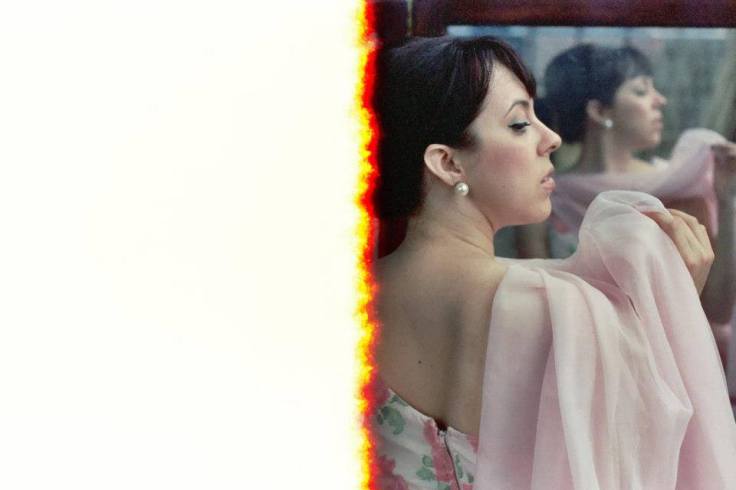
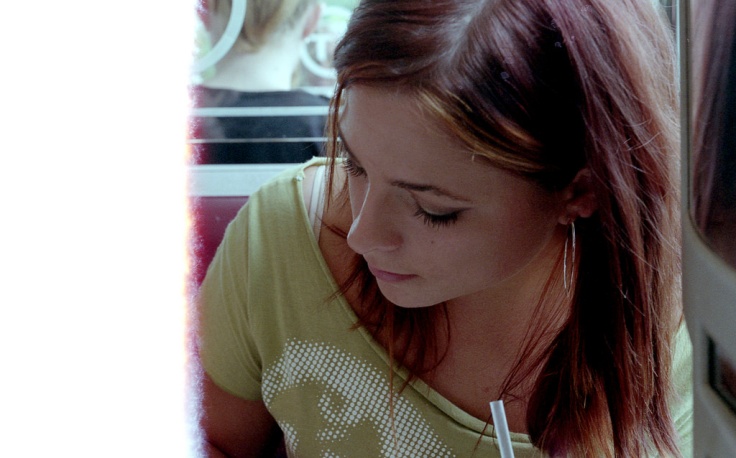
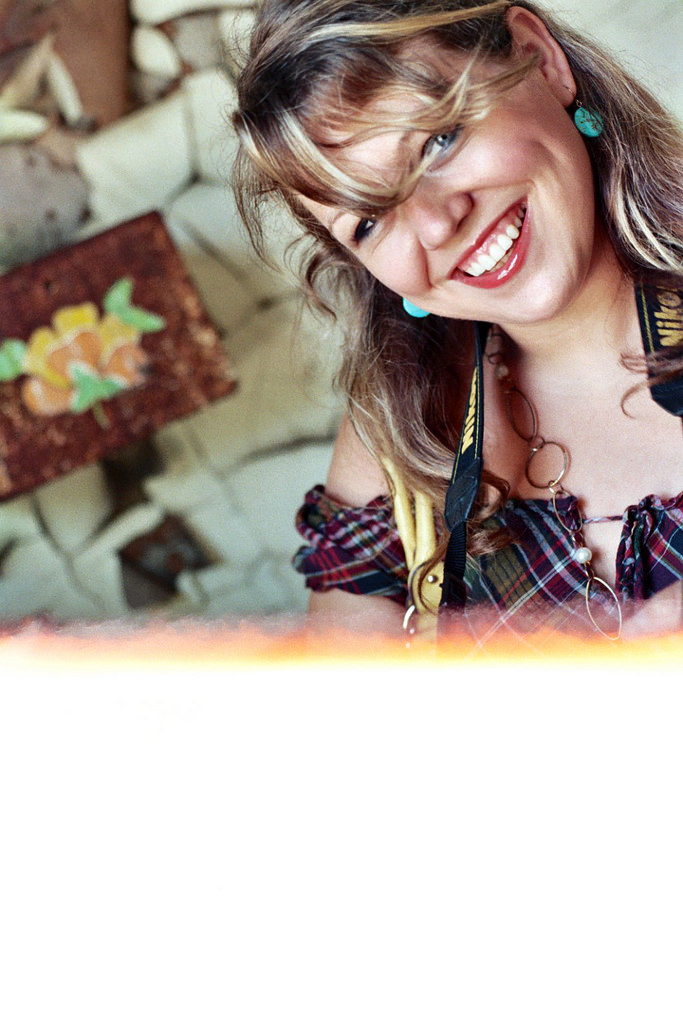
Unexposed 35mm film comes to us in a metal canister with a film leader hanging out. We then pull it out a little bit more to lay across the reels in our camera. If you only fire and advance once to get your film advance working correctly, instead of the recommended 3 fire and advances, you will get a frame burn.

A frame burn is simply what occurs when part of the first exposed frame of film is overexposed from bare light striking it. Half image, half film artifact.
For every roll of film you load, you have an opportunity to pull off a really cool frame burn.
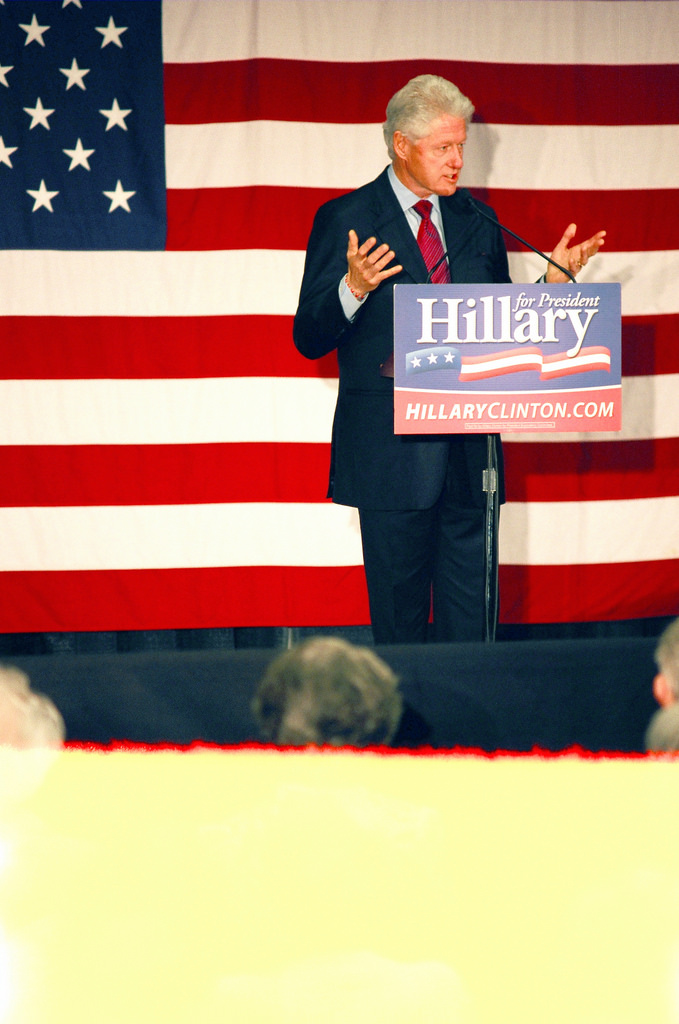
I try to work the frame burn into the composition of my first shot, trying to keep in mind about where the burn will occur.
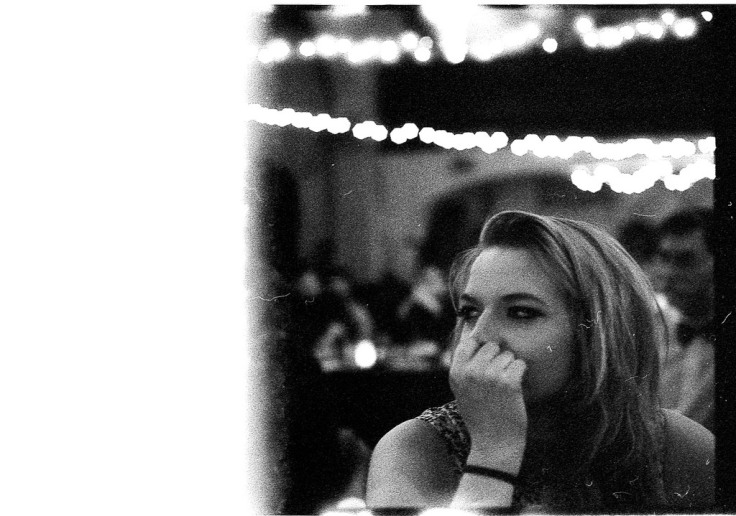
I find that my Leica M6 produces a longer “fringe” or transition from the overexposed area to the image area.

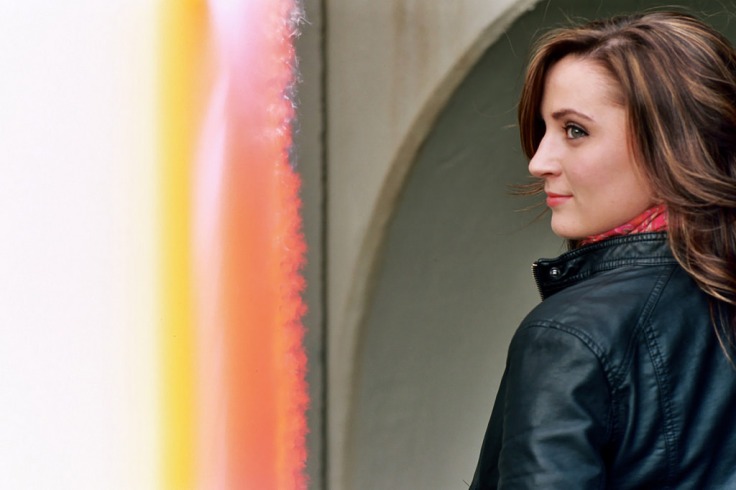
My little Olympus Trip 600 automatically winds all the film out of the canister upon inserting it into the camera and then rewinds the film back into the canister automatically after each shot. This produces a frame burn on the right side instead of the left side of the image. In addition, it’s a very short burn.
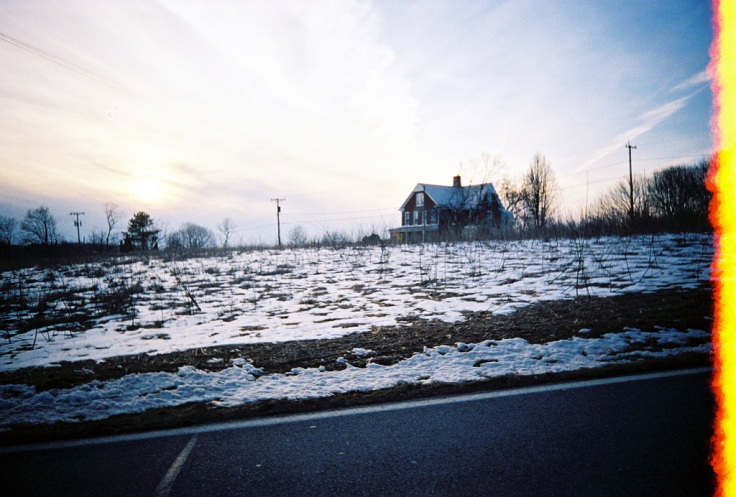
Loading color film in dim light can leave only one color layer overexposed and the faint image of your first shot will be left on the existing color layers.
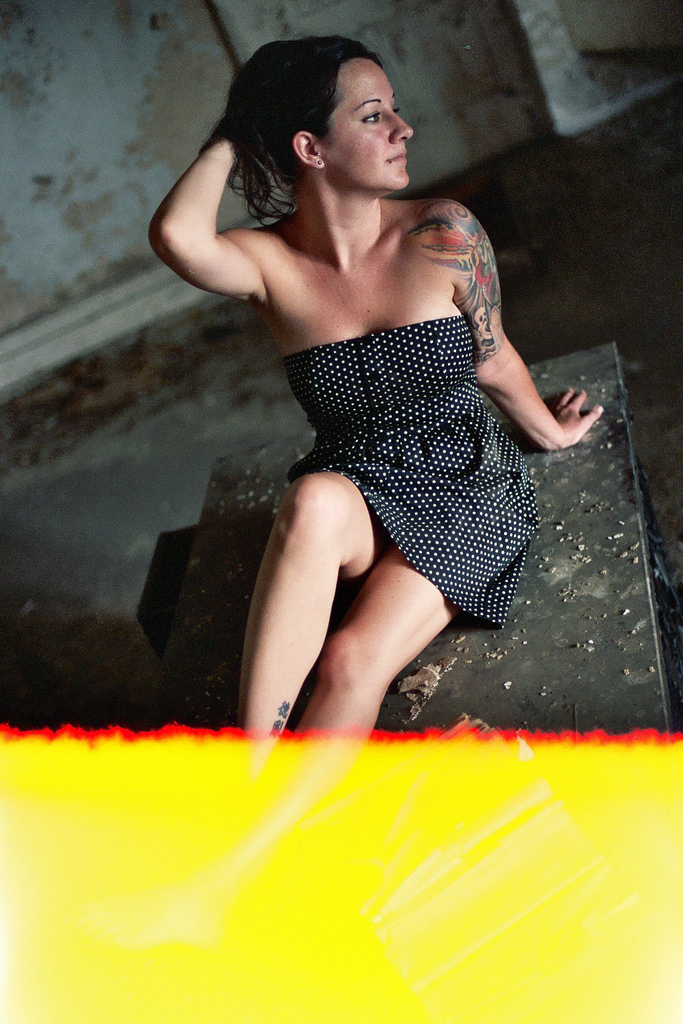
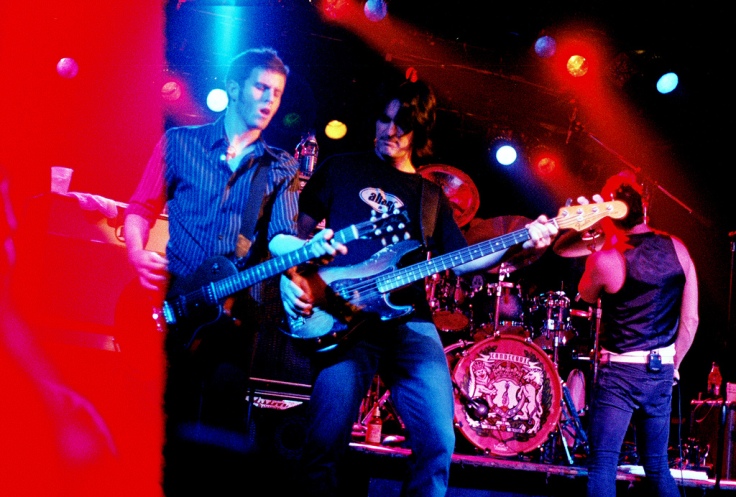
So there you have it, a fun and simple way to squeeze some more cool factor our of 35mm film. Do you frame burn your first shot?
Thanks for reading and happy shooting!
Follow, Favorite, Like, Add, Insult, Contact Johnny Martyr








So far I always loved to expect the unexpected, but your post brings up some motivation to pay some more attention to the last “click” next time ))
LikeLiked by 1 person
Glad to motivate! But remember, the frame burn is on the very first click, not the last!
LikeLike
Very nicely written, excellent examples, entertaining and useful. The only thing I might add is that, if you’re willing to sacrifice a number of frames, opening the back mid roll can also be used similarly.
LikeLiked by 1 person
Yeah, that’s absolutely true. I am not a “Lomographer type” but just appreciate a single chance per roll to play the part! Thanks for reading, Jeffrey!
LikeLike
I always love this effect. And they’re all so varied! One of the many things film photography brings that digital just can’t emulate. Great article!
LikeLiked by 1 person
Great article! My film cameras are the Olympus Epic, Nikon L35af and F100- all of which are auto load. I don’t remember ever producing a burned frame but love the idea of embracing this “flaw”. Any other suggestions on how to increase the chances on any of these cameras?
LikeLiked by 1 person
I haven’t used those cameras but if they all autoload only, I’m not sure there is much you can do to control where you start on the roll. Maybe you can tinker with them and let me know! One thing to look for, if you are using a lab, they may not be scanning the frame burn. Check your negs to be sure you’re not just missing it. But likely, these cameras are advancing two or three times after a roll is inserted; well past the leader specifically to avoid a frame burn. So the only chance to burn would be opening the back mid roll, which is more of a light leak than a frame burn per se.
LikeLike
Why would you want extreme damage to film? I don’t understand this article at all. I remember that defect in pictures back in the old days but never knew of anyone wanting that on purpose. Photo places would give a refund for pictures like that. When I read this article I thought it was a prank website making a joke. It just looks like the results of a faulty developing process. Why would that be desired?
LikeLike
Mike, if you don’t like the frame burn technique, that is certainly a personal opinion that you’re entitled to.
I want to point out that the leader of 35mm film is “burned” every time it is loaded, it’s simply a matter of if one puts a photo in the burned leader area or not. So your descriptions of “defect,” “extreme damage” and “faulty developing” are factually incorrect and inaccurate. In fact, creating a well-composed frame burn image requires an understanding of how ones camera works and a little forethought.
If your question is not a prank or joke, and you would seriously like to know why creating a frame burn deliberately would be desired, I’d kindly ask that you re-read what I and others have already written above.
LikeLike
Looks defective to me and would to most people seeing it. If putting the photo in a burned leader area causes it to look defective then people probably shouldn’t do that.
LikeLike
Mike, I’ve offered some factual support for my opinions/beliefs. Where are yours?
I would submit that personal opinions without support also “look defective.” What do you think?
I would also submit that as to if a photographer or artist should or should not do something is not determined solely by you, nor by an imaginary majority of people. Or, even, a real majority of people.
But let’s go with what you’re saying. Let’s say that a frame burn “looks defective” by universal agreement. Everyone on the planet who has ever existed or will in the future, exist, excluding myself and those who’ve commented here agree that frame burns “look defective.”
If that were the case, by extension, you believe that “people probably shouldn’t do that.”
My question would then be, do out of focus, over or underexposed, over or undersaturated photos, cross processed, souped, etc photographic images also “look defective?” Should we cease filling the world’s art galleries with accidentally and deliberately imperfect images also? Should we just stop sharing or discussing work that differs from convention all together?
Should all non-conventional photographic images be scraped as “shouldn’t do?”
Is that your message, Mike?
I’m asking because in all honesty, I would like to understand how someone who reads and comments on photography blogs in 2021 could possibly reconcile what you’ve said here with any rudimentary grasp on what has been happening in visual communication for the last century or photography in the last two decades. I would really like to understand if your comments amount to complete and total lack of knowledge of contemporary art or some impossibly rigidly dogmatic and unsustainable belief structure. Or maybe there’s a third option that I’m also too set in my ways to perceive. Please. Enlighten me.
LikeLike
Yes, out of focus, over or underexposed, over or undersaturated photos, cross processed, souped, etc photographic images should be discarded. A photographer should take enough shots so they can throw the damaged ones in the trash and have plenty to compensate. I remember in the old days when that burn happened you had to cut off the damaged side or get a refund from the film developer. There’s nothing gained by clinging to methods that damage photos.
LikeLike
Mike, you have a critical, and depressing, failure in basic comprehension of visual or written language. Take care.
LikeLike